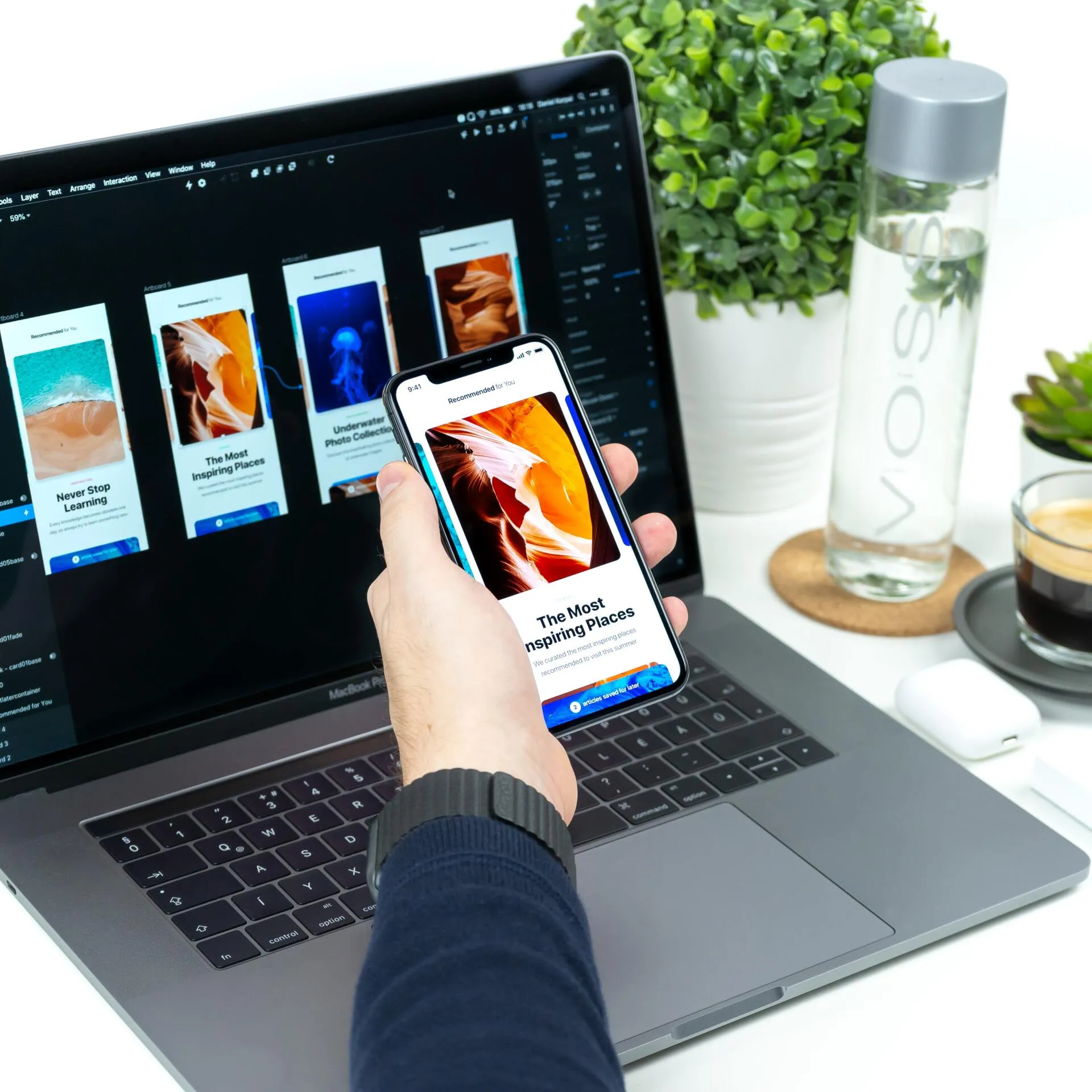
A UX design looks for ways to provide an optimal user experience, and it uses research data of various kinds to accomplish that. A data-driven design uses data to create tests that are performed to improve understanding of users’ needs. The primary aim of a data-driven design is to establish a relationship with visitors to your website.
Implementing data-driven design into UX methods has yielded real and conclusive results. Data from data-driven design can lead to better business outcomes and an improved user experience.
Types Of Data
There are two main data classes used in data collection and design decisions. These are:
-
Quantitative Data:
Quantitative data is numerical data that answers the questions “who,” “what,” “when,” and “where.” Quantitative data, however, fails to explain why users take the actions they do on your website. Quantitative data can be obtained from Google Analytics.
-
Qualitative Data:
Qualitative data shows why visitors choose the options they d and how they do it. It helps provide perspective and helps you understand the reasons behind the actions of users. Journey maps and personas can be used to communicate qualitative data.
Data-driven designers emphasize empirical data as it is the source of the best quantitative and qualitative data.
-
Understand the needs of users:
Using the services of an expert UX designer does not guarantee the success of a product. This is because even though they are experts in UX design, designers cannot predict users' needs. Users are also usually from different backgrounds and have different perspectives.
The use of data and UX research can help narrow the divide and give designers an idea of user wants and needs. Methods like usability testing and generative user research are usually used.
-
Create designs beyond best practices:
Incorporating data-driven designs helps to eliminate assumptions on UX designers. This enables UX designers to rely on best practices. A data-driven design also gives designers specific insights that help to enhance user experience. Survey results, website analytics, and user research can be used as data sources for designers.
-
Create effective designs:
Effective application of data can lead to enhanced outcomes. Designers who carefully observe data from analytics can make corrections to their designs based on their data. After making design changes, it is important to pay attention to analytics to view the impact of your changes on performance.
A data-driven design approach also helps you create designs that prioritize users’ needs. Ensuring that your designs are engaging and easy to navigate also helps to boost conversion rates.
-
Use data to drive innovation:
Data can be used to create daring designs. When hypotheses are backed up with data, it becomes easier to convince stakeholders to implement your designs.
How To Collect Data
When collecting data, you must ensure that the information you collect is information from an extended period. Alternatively, you could collect information from multiple intervals. Once you have this information, the next step is to understand the information and effectively interpret it.

UX Research Methods For Acquiring Useful Data
These include:
-
Usability testing
lets you test a design solution and see how easy it is to use. It involves collecting qualitative data from participants and can be performed either remotely or in a lab.
-
A/B Testing:
This research method shows you how different website versions perform against each other. When performed continuously to improve designs, A/B tests can increase conversions.
-
Behavior flows:
This shows the movement of users on a website. UX designers usually have a preferred path for visitors to a site. Behavior flows are then used to note user behavior and observe for issues with user experience. Behavior flows can be observed with Google Analytics.
-
Qualitative user research:
Common UX research methods include user interviews, card sorting, contextual interviews, surveys, and focus groups. Despite being resource-intensive, user research remains a valuable data collection method.
How To Analyze Usage Data
It can be difficult to find areas that require improvement when examining data. To effectively examine data, look for specific patterns and dig into the data you’ve been gathering. This requires you to balance both quantitative and qualitative data.
Representing data visually is also another good way of analyzing usage data. When data is visualized, it becomes easier to learn. Visualizing data can make it easier to present to stakeholders.
Conclusion
When collecting and analyzing data, patience is required. After making design changes, it is important to evaluate the response. There are various business opportunities that UX designers can take advantage of in today’s world through data-driven design. The data-driven design has an integral role in UX design as it helps UX designers know what users want.
